IMD Issues Heavy Rain Alerts Across India: Plan Your Trips Carefully
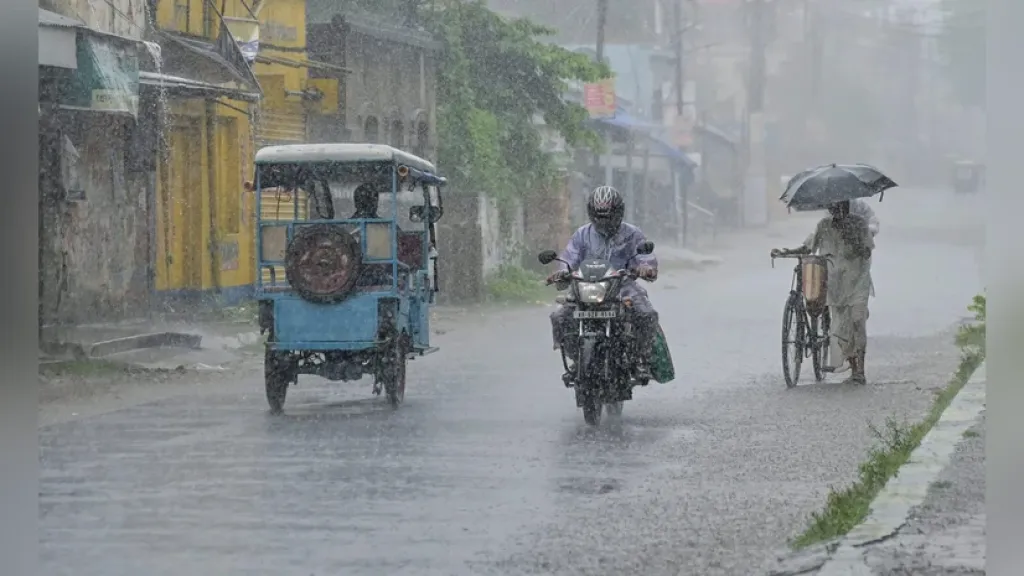
July 22, 2025 – While the monsoon gains strength over the Indian subcontinent, the India Meteorological Department (IMD) has released a series of heavy rain warnings for several states and territories, encouraging citizens and tourists alike to be extremely careful and plan their trips with utmost care. From populous metropolitan cities to tourist hotspots, the volatility of the monsoon requires enhanced sensitization to stay safe and prevent any disruptions.
Present Monsoon Scenario: A Mixed Bag of Warnings
As of the date, July 22, 2025, the IMD's warnings present a mixed scenario across the country:
Red Alert
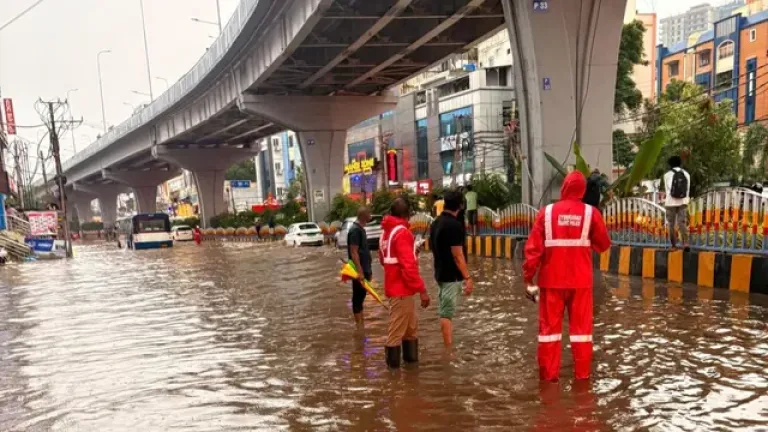
Telangana is in a Red Alert, four districts being specifically cautioned of extremely heavy to very heavy rain. People and tourists heading to Kamareddy, Kumaram Bheem, Adilabad, and Nirmal are cautioned against unnecessary movement and staying at home. Isolated places over Telangana are also expected to have extremely heavy falls for the day.
Orange Alert
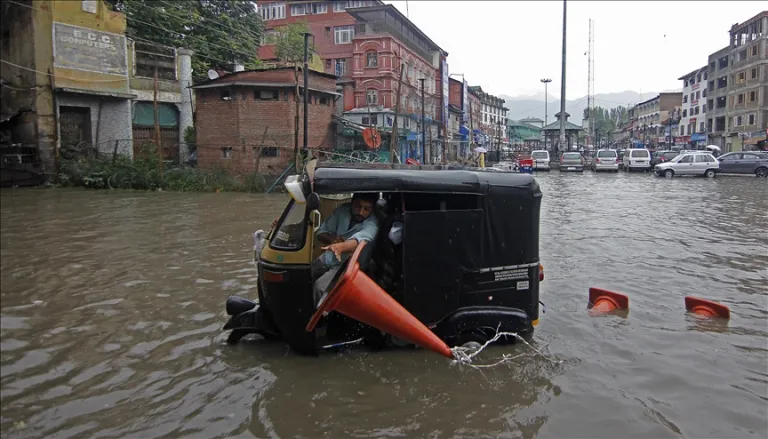
A number of states and union territories are under an Orange Alert for July 22, meaning heavy to very heavy precipitation with thunderstorms and lightning. They are:
Jammu and Kashmir: Poonch, Mirpur, Reasi, Jammu, Kathua, Kangra, Kishtwar, Doda, Ramban, Chamba, Samba, Rajouri. Heavy rainfall is expected over Jammu and Kashmir on July 22-23.
Uttarakhand: Uttarkashi, Dehradun, Tehri Garhwal, Rudraprayag. Heavy rain is forecast in Uttarakhand on July 22.
Maharashtra: Raigad, Sindhudurg, Satara, Sangli, Kolhapur, Ratnagiri, with Pune also facing an Orange Alert for July 23. Heavy to very heavy rain is likely in coastal Maharashtra and Goa from July 22 to July 28.
Goa: South Goa and North Goa.
Other Telangana Districts: B Kothagudem, Mahabubabad, Karimnagar, J Bhupalpally, Mancherial, Jagtial, Nizamabad, Rajanna Sircilla.
Coastal Karnataka
Yellow Alert
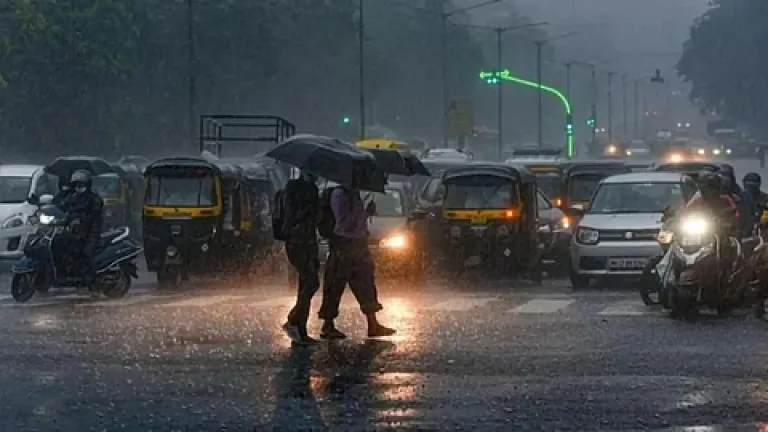
Haryana, Punjab, Gujarat, Andhra Pradesh, Arunachal Pradesh, Nagaland, Mizoram, Meghalaya, Tripura, and Kerala are under Yellow Alert, which means heavy rains are likely from July 22 to 28. Chennai saw heavy rain on July 20 with a probability of 92% and even if intensity is expected to reduce, patchy rain will be seen during the week. Bengaluru also experienced moderate rainfall on July 19 with a 93% probability of precipitation and such conditions are expected to prevail.
Also read: 10 Most Scenic Waterfalls to Visit in Monsoon
General Forecasts
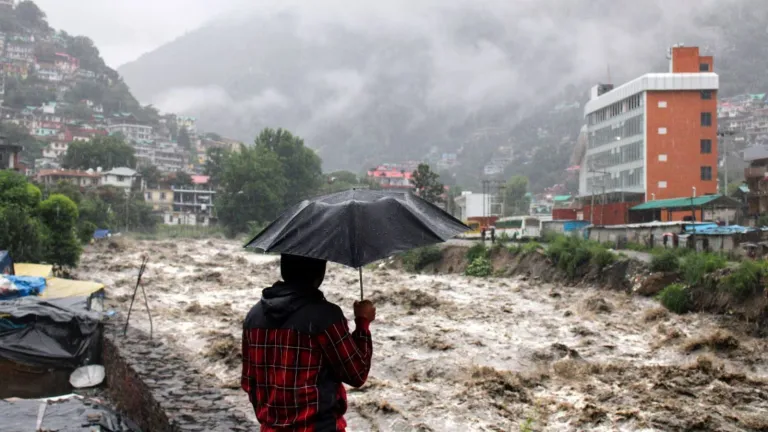
Delhi/NCR: Partially cloudy skies with light to moderate rain is likely, along with thunderstorms and lightning on July 22 and 23. The temperatures will be slightly below normal.
Himachal Pradesh: Extremely heavy rain expected on July 22, with heavy rain expected from July 22-27. The state is already experiencing widespread floods and landslides, with warnings from the state disaster management authority.
Eastern & Central India: Heavy to extremely heavy rain can be expected over Gangetic West Bengal, Odisha, and Jharkhand from July 24-27.
South Peninsular India: Heavy to very heavy rain is expected over Kerala, Karnataka, Coastal Andhra Pradesh, Telangana, Konkan & Goa, and Madhya Maharashtra in the next 6-7 days.
Analysis and Commentary on Current Alerts
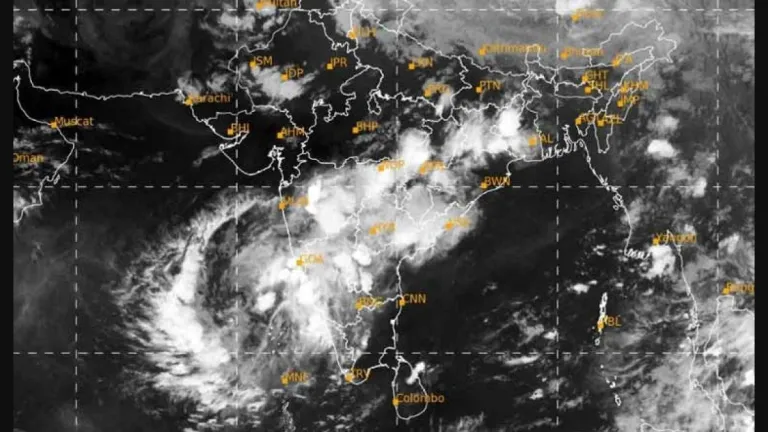
The prevalence of the IMD's current alerts emphasizes a major and dynamic monsoon pattern throughout India. The alert classification (Red, Orange, Yellow) gives an important guideline regarding the severity of anticipated conditions, having a direct influence on daily life and mobility.
The Red Alert for Telangana, in addition to Jammu & Kashmir and Uttarakhand, is especially alarming. The areas are susceptible to cloudbursts, flash floods, and landslides, particularly in the hilly tracts of the Himalayan states. The "very heavy to extremely heavy rainfall" alert for Telangana districts translates to a high probability of waterlogging, transport disruption, and potential damage to infra. For mountainous areas, this immediately means higher risk of landslides and choking of vital routes, which isolate habitations and leave travelers stranded. The reported human tragedy and infrastructural damage only serve to highlight the real-world consequences of such alerts.
The large Orange Alert area, ranging from the Western Ghats (Maharashtra, Goa, Karnataka, Kerala) to Central and Eastern India (Chhattisgarh, Madhya Pradesh, Jharkhand, Odisha, West Bengal), reflects a wide area of heightened risk. For large urban centers like Mumbai, the "Very Heavy Rain Alert" translates to a virtual guarantee of severe disruption. The city's infrastructure, though robust, is famously prone to waterlogging during heavy spells, causing traffic mayhem, train delays, and difficulties in daily commuting. Bengaluru and Chennai, too, despite being presently under Yellow Alerts or having had recent heavy rains, will still experience localized problems. The "Very Heavy Rain Alert" for Karnataka coast and South Interior Karnataka suggests severe weather for these areas, which are already bearing the brunt of monsoon.
The addition of particular districts in the warnings offers actionable intelligence. For example, the breakdown in Uttarakhand (Dehradun, Tehri, Pauri, Nainital, Champawat, Udham Singh Nagar) and Himachal Pradesh (Shimla, Sirmaur, Solan, Mandi, Kangra, Chamba) specifically identifies regions where travel advisories are most urgent. It means that not only the state, but particular routes and key tourist circuits within these states, will be immediately impacted.
The Yellow Alerts, though mild, also warn of heavy rain and emphasize the risk of localized problems. This implies even outside of areas immediately threatened with extreme weather, tourists need to be on their guard.
Overall, the IMD's latest forecast indicates an ongoing monsoon season that is actively affecting broad areas of the nation, with intensities varying. The persistent nature of these warnings, frequently lasting for several days, shows that the atmospheric conditions support continuous and heavy rainfall. This calls not only for short-term caution but also for a planned strategy towards organization of any non-essential travel over this time. Real-time information, adaptive plans, and strict follow-up of safety guidelines provided by the local authorities should take priority.
Also read: 10 Places in Madhya Pradesh That Are Yet to be Explored!
Impact on Metro Cities and Travel Destinations
The prevailing monsoon activity has important consequences for urban life as well as travel itineraries:
Metro Cities
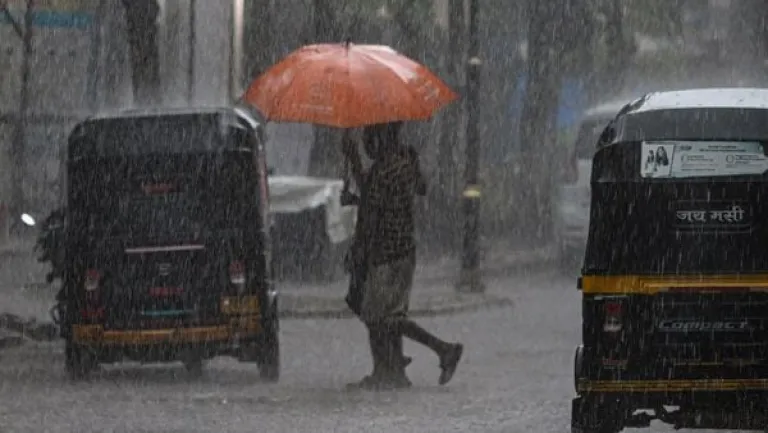 Image credit: Mint
Image credit: Mint
Mumbai: The economic capital is likely to see patchy rain during the week with higher precipitation on Tuesday and Wednesday and the highest rainfall during the week on Thursday. Low-lying areas are expected to waterlog, and there will be high chances of traffic congestion.
Delhi: Although not in a severe alert, light to moderate rain with thunderstorm can cause localized waterlogging, traffic congestion, and public transport delay.
Bengaluru: Patchy to moderate rain is likely to continue, impacting daily travels and outdoor activities.
Chennai: While the intensity of July 20's heaviest rain might let up, intermittent showers will prevail, causing waterlogging in some areas.
Travel Destinations
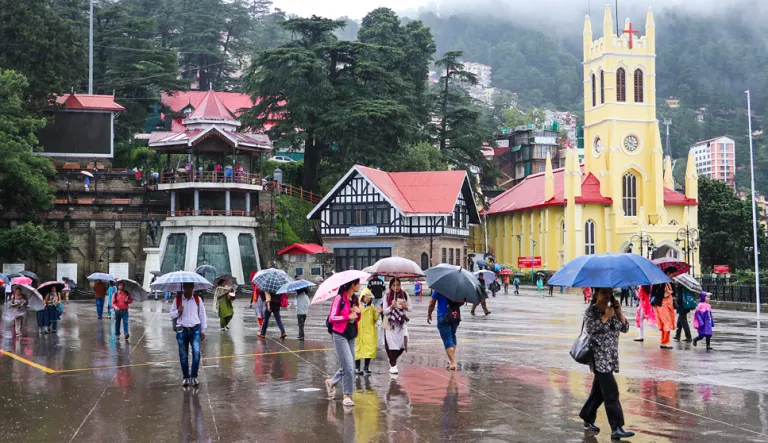 Image credit: DD News
Image credit: DD News
Himachal Pradesh & Uttarakhand: The favorite hill states are especially prone to landslides, cloudbursts, and flash floods amidst heavy rain. Numerous locations in Himachal Pradesh are already facing severe flooding and infrastructure damage, rendering travel extremely unwise.
Amarnath Yatra (Jammu & Kashmir): Annual pilgrimage has been suspended temporarily because of heavy rain and a very high risk of landslides on the routes. The pilgrims are strongly requested to follow official reports and postpone their trip till it is announced safe.
Varanasi (Uttar Pradesh): The sacred city is experiencing a severe increase in the water level of the River Ganga, resulting in submerged ghats and flood-like conditions in low-lying areas. Boating operations have been shut down, and tourists are advised to avoid visiting the riverbanks.
Goa & Coastal Maharashtra: Though the monsoon has a certain beauty about it in these coastal areas, heavy rain causes rough seas, restricted beach activities, and possible interference in local transport. Treks and water activities should be avoided when it rains heavily.
Kerala: The "God's Own Country" is usually hit with strong monsoon rains. Although this only adds to its verdant greenery, river water levels tend to swell dangerously, and spot flooding can take place, particularly in low-lying regions and near large rivers.
Critical Monsoon Travel Planning Tips
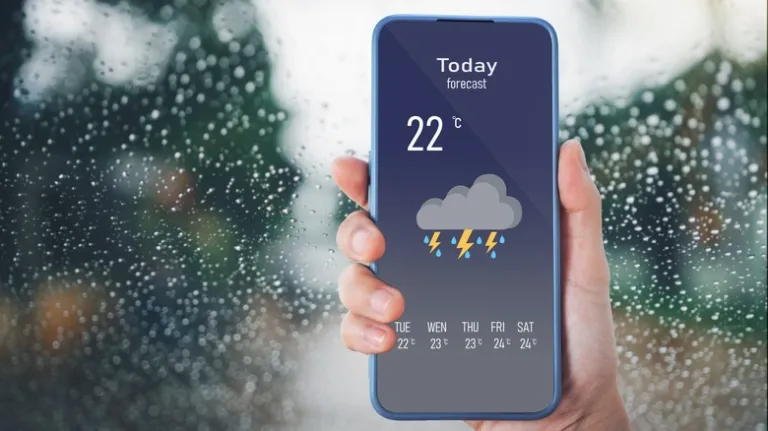 Image credit: SlashGear
Image credit: SlashGear
With the weather conditions prevailing at this time, careful planning is the key to consideration for travel within India during this time:
Remain Up to Date with Informational Alerts from IMD: This is the most important step. Keep visiting official IMD website (mausam.imd.gov.in) and trustworthy sources of news for the most recent weather forecasts, warnings, and advisories for your destination and travel route. Download good weather applications like SAFAR.
Flexible Itineraries are Essential: Monsoon weather is naturally unpredictable. Incorporate buffer time into your travel itinerary for possible delays caused by intense rain, road blockages, or flight/train cancellations. Make transport and accommodation bookings with flexible cancellation or rescheduling options.
Select Monsoon-Friendly Destinations Carefully: Steer Clear of Flood-prone Areas: Stay away from areas with a history of intense flooding, including some of Himachal Pradesh, Uttarakhand, and flat coastal areas, particularly in the event of Red or Orange alert.
Look to "Rain Shadow" Areas: In the event that monsoon travel is unavoidable, look to areas with less rainfall, e.g., Rajasthan (Jaisalmer) or Ladakh (although approach roads can still be rain-affected elsewhere).
Pack Intelligently, Pack Waterproof: Waterproof Equipment: A light, durable raincoat, a travel umbrella, and waterproof shoes with good traction (e.g., rubber sandals, boots) are essentials. Do not bring heavy denim or leather, which takes forever to dry.
Fast-Drying Clothes: Use synthetic or light cotton clothes that dry fast. Bring spare clothes.
Safeguard Electronics & Documents: Store your phone, camera, documents, and other valuables in waterproof bags or Ziploc bags. A power bank should also be taken along, in case there is a power outage.
Hydration & Food Safety: Have only boiled or sealed bottled water. Handle street food with care; have freshly cooked, hot foods from clean, reputable places. Refrain from raw salads and cut fruits from stalls.
Insect Protection: Mosquitoes are found in monsoon. Take and apply mosquito repellent, particularly in rural or forest areas.
Road Travel: On driving, take special care on wet and slippery roads. Do not drive at night, particularly in hilly regions where landslides occur frequently. Stay informed about road conditions and diversions.
Outdoor Activities: Steer clear of risky activities such as solo trekking, hiking near slippery slopes or waterfalls, riverbeds, or cliff edges since sudden surges and landslides are not uncommon. If you must participate in any outdoor activity, make sure to be part of a group and, better still, a local guide who knows the terrain and weather signs.
Emergency Contacts: Carry local emergency contact numbers (hotel, police, ambulance) handy.
Stay Connected: Let family or friends know your travel plan and planned return times if going into isolated areas where mobile network may be poor.
While the monsoon converts India into a paradise of green, lush surroundings, it also carries some natural challenges with it. By keeping updated with the latest IMD warnings and following a prudent attitude towards traveling, you can minimize risks and have a safer and better experience during this spectacular season. Plan carefully, maintain safety as the first priority, and appreciate the exclusive beauty of India's monsoon.
Published at
About Author
Tashvi Gala
Subscribe our Newsletter
Get our weekly tips and travel news!
Related Posts
10 Most Searched Places in India By Foreign Travellers
Discover India's most popular tourist destinations! From the Taj Mahal to the Himalayas, explore the top 10 places foreign travelers love.
11 New Eco-Tourism Spots Coming to Himachal Pradesh
In a bid to promote sustainable tourism and showcase the pristine beauty of the state, the Himachal Pradesh government has identified 11 new eco-tourism sites.
17 y/o Makes Fake Flights Bomb Threats to 'Frame a Friend' - Leads to Flights Disruptions
Over 19 hoax bomb threats disrupt flights across India, causing massive delays and diversions...
200 Free Highway Trips? FASTag Makes It Possible
Say goodbye to endless toll stops! FASTag’s Annual Pass offers 200 free trips and faster travel.
Embark on a flavorful odyssey through the global gastronomic tapestry as we unveil three Indian restaurants adorned with rich flavors and cultural influences, securing their spot among the world's top 10 legendary dining destinations.
Latest Posts
5 New Year Brunch Buffets in Bengaluru Worth Trying
Kick off 2026 with an extravagant New Year's Day brunch! Top Bengaluru hotels offer heavenly dishes. Book your spot!
Navi Mumbai Airport Opens December 25, 2025: India's Largest Greenfield Airport Takes Off
Mumbai becomes the first Indian city with two international airports as flights begin Christmas Day.
Top 7 Most Instagrammable Spots to Celebrate Christmas in India (2025 Guide)
India offers snowy peaks and sunlit beaches for Christmas photos! Discover 7 highly Instagrammable spots, from Goa to Shimla.
Travel Alert: IndiGo Cancels Over 200 Flights Across India in December 2025
Thousands face travel chaos as crew shortage disrupts major airports nationwide.
5 rooftop NYE Celebrations in mumbai with sea views
5 ultimate Mumbai rooftop parties for NYE! Celebrate with luxury, fireworks, and the best views of the Arabian Sea.

